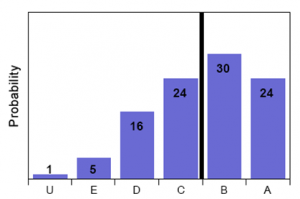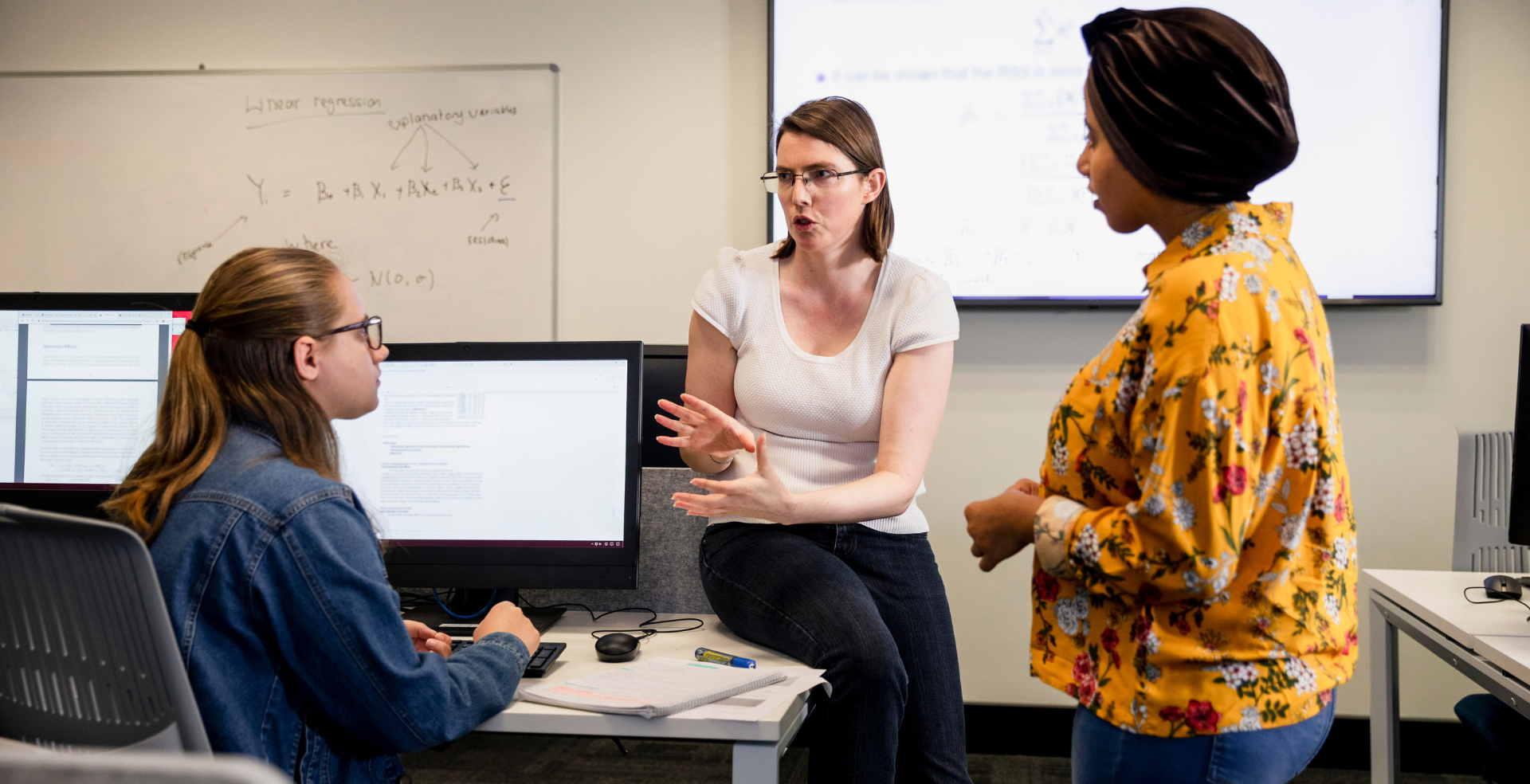Owing to the data focus from David’s talks and blogs today we thought it would be helpful to republish one of his old blogs about using targets, predictions and estimates correctly.
These days, schools are awash with targets, estimates, and predicted grades. Used well, they are a way to embed a common ambitious vision for each child. Used badly, they are a demotivating, self-fulfilling prophecy of underperformance. It’s also very important that staff understand that data systems (including targets) are there to support learning and achievement and not there for only accountability purposes.
It’s really important to understand the difference between these:
- Target: “I would like you to aim for…” – a reasonably ambitious goal that stretches the student.
- Prediction: “In my judgement you’re currently heading for…” – a professional opinion, based on evidence of assessment.
- Estimate: “Similar students to you most commonly achieved…” – a statistically-generated grade based on previous exam results and/or developed ability (aka the current IQ score or similar).
It’s really important to be clear about the difference. Start telling a student that you are predicting them a B grade, and some will hear that you don’t think they can achieve an A grade. It’s a veritable mine-field, and one where you can easily push students in to labelling themselves: i.e. “this grade tells me how clever I am”.
Here’s an example of the sort of language you might use with students (in the English education system).
Teacher: “Sarah, most students who got the same levels as you in their Key Stage 2 SATs went on to get a B in GCSE Maths. Some of them worked harder and got an A, and a few of them worked really hard and even got an A*. However, the ones who gave up easily in lessons got lower grades. You and I don’t know how hard you’ll work yet, but we should set a target to aim for.”
Some schools like to use chances graphs to help them explain this information, like the following:
This is a great way of showing students the grades that similar students achieved. It also beautifully illustrates the fact that people with similar results went on to achieve a huge variety of results. It is worth having some good discussions with students to get them to think about what factors caused someone ‘like them’ to end up with a U-grade, and what made some of the students ‘like them’ to get A-grades.
Avoid, at all costs, using such data to say “you have a 24% chance of getting an A” as this is a terrible misuse of the data and potentially highly demotivating. There is nothing fixed about a pupil’s chances of getting any grade – it entirely depends on how hard they work and how well they respond to feedback.
This is a really empowering concept. It builds on Carol Dweck‘s excellent work on fixed and growth mindsets, and ensures students stay focused on how they are learning, not just what they are learning.
All this work can very easily be destroyed by reverting to “I predict you will get a B”. It sounds like a done deal, like the teacher is saying this will happen in spite of your efforts. Of course, some students are very resilient and will carry on working regardless, but for others it can be a self-fulfilling prophecy.
There is a danger with targets, however. If you constantly use positive “you can achieve anything” language without referring to current work-rate then students develop unrealistic attitudes – there can be a disconnect between their goals and their current actions.
As with any good process-management students need to constantly check their progress with robust assessment and appraisal, and they need to both learn the tools and develop the characteristics to deal with inevitable situations where they underachieve.
Here’s an example of language that uses all three concepts: estimates, predictions, and targets.
“Sarah, we know that most similar students to you ended up with B at GCSE [estimate], but some of them got an A, and we agreed earlier this year that you would aim for an A-grade [target].
My worry is that if you carry on working at your current level, based on your last pieces of work, you might currently be on course for a C-grade [prediction]. Why do you think this is, and what do you think you need to do to get yourself back on track for the A-grade you wanted?
Some people may well wish to avoid the language of grades completely and focus more on specific skills, but the general principle is that this is:
- realistic – based on current assessments
- empowering – focuses on the student’s ability to improve and be in control of their success
- optimistic – reinforcing the idea that people ‘like her’ have achieved their A-grade targets.
- specific – the discussion will then focus on specific measures to improve the situation, ideally including ways that both student and teacher can use to check improvement is happening.
The language is the easy bit, of course, and by itself will achieve nothing. However it can keep the focus on the variously challenging, frustrating, and hopefully ultimately rewarding process of helping students improve.
I should add that, of course, not all classroom teaching and learning should be based around exams and grades – doing this exclusively will inevitably reduce motivation and engagement. However given the inevitable exam focus in most schools then this is quite a good way to approach it.
I’d be really interested to hear ideas of how to improve the above examples of dialogue, and for more ways to keep students pushing themselves.



